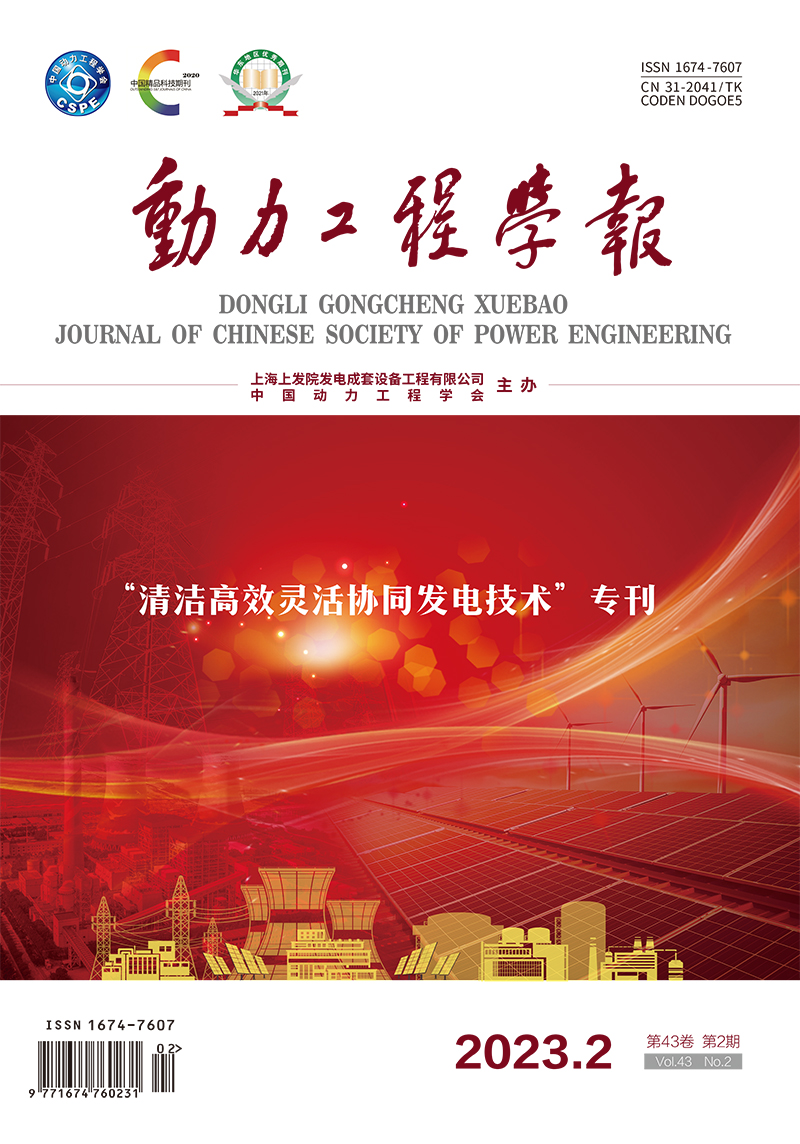Deep Peak Shaving and Energy Saving
MA Dafu, LIU Pingyuan, ZHANG Shouyu, HE Xiang, WU Yuxin
Numerical simulation was used to investigate the distribution rules of temperature, oxygen, CO and NOx in a 300 MW tangential combustion boiler under ultra-low load and different oxygen operating conditions, to analyze the effect on combustion stability and NOx emission characteristics. Results show that compared with medium and high load, under 90 MW and 60 MW ultra-low load conditions with high boiler operation oxygen, the imaginary tangent circle is difficult to form and the combustion stability is weakened. The de-NOx effectiveness of the deep-air-staging combustion system gets worse. When the auxiliary air is completely turned off, the overall temperature of the furnace increases, the ignition distance is shorter. Meanwhile the imaginary tangent circle is easier to form, the burning-out distance increases, and the combustion stability is improved, and the average mass concentration of NOx is reduced by 29% and 24% respectively. Continuing to reduce the exhaust air volume until the operating oxygen volume reaches 3.5%, temperature of the separated over-fire air (SOFA) zone increases slightly, and the NOx emission decreases by 9% and 10% respectively. In addition, most of the total NOx at ultra-low load is fuel-NOx, and the reduction of oxygen has a significant effect on the reduction of NOx emission. Therefore, it is recommended to reduce the auxiliary air in the main combustion area under ultra-low load and keep the burnout air constant. The recommended oxygen values under 90 MW and 60 MW load are 6.5% and 8.5% respectively.
